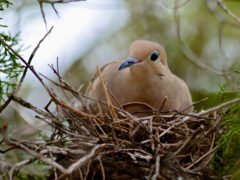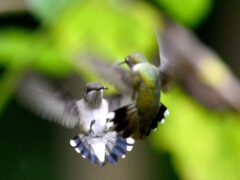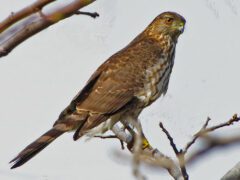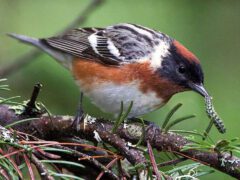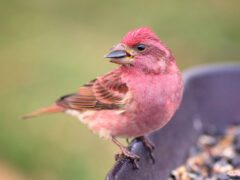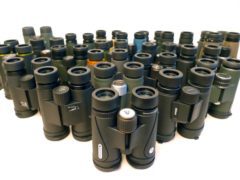Veeries are medium-sized thrushes—smaller than an American Robin but similar in shape. They have a plump body, round head, a straight, narrow bill, and fairly long wings and legs.
Relative Size
Smaller than an American Robin; larger than a Song Sparrow

 between sparrow and robin
between sparrow and robinMeasurements- Both Sexes
- Length: 6.7-7.1 in (17-18 cm)
- Weight: 1.0-1.9 oz (28-54 g)
- Wingspan: 11.0-11.4 in (28-29 cm)
- Length: 6.7-7.1 in (17-18 cm)
- Weight: 1.0-1.9 oz (28-54 g)
- Wingspan: 11.0-11.4 in (28-29 cm)
















